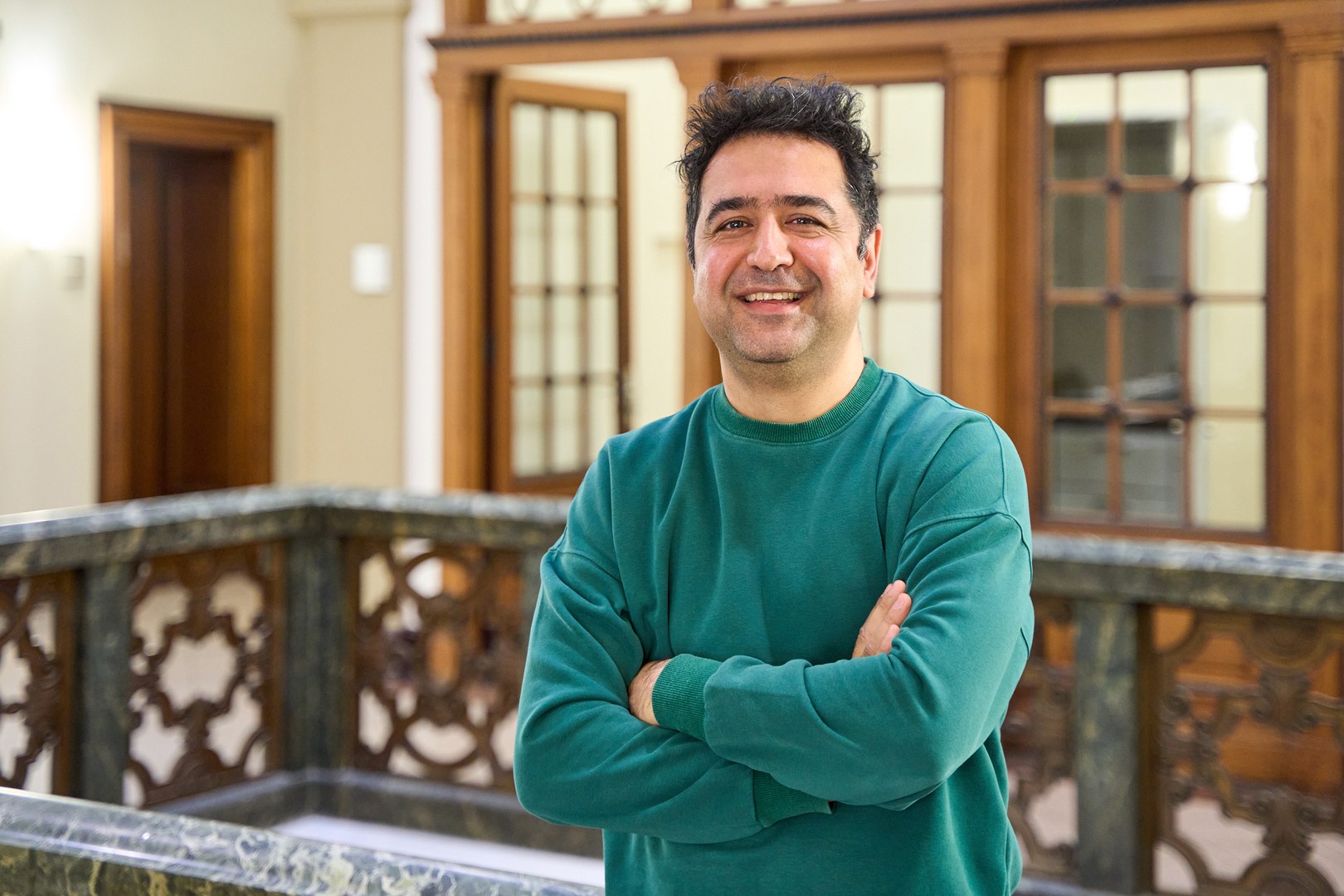Asgar Jamneshan works at the Institute of Mathematics at the University of Bonn. His research focuses on the foundations of higher-order Fourier analysis and he explains what this involves using the following example: If you take the natural numbers 1, 2, 3, etc. in series, toss a coin for each number and then place the number in a “pot” if the coin shows “heads,” you will produce a random subset. “You would expect that around half of the numbers would end up in the pot and that these numbers would be randomly distributed,” says Jamneshan. However, Szemerédi’s theorem, a central result inadditive combinatorics, shows that ordered structures – so-called arithmetic progressions such as 5, 10, 15, 20, 25 – also arise in such subsets. The remarkable point is that this theorem also applies to every sufficiently large subset with a positive “fraction”, irrespective of how the subset is selected. “This means that structure cannot be completely destroyed – as long as the set is sufficiently large,” says the mathematician. Yet it is still unclear what “sufficiently large” actually means in many problems. Researchers need tools from higher-order Fourier analysis in order to investigate these types of questions. “These principles are of fundamental importance for parts of pure mathematics and also play a role in applications such as theoretical computer science.”
The DFG will provide the mathematician with funding of up to 570,000 Euro over the next five years within the Heisenberg program. Funding is initially awarded for a three-year period and can be extended for a further two years if approved in an interim evaluation. Heisenberg funding is awarded to highly qualified researchers to improve their prospects of securing a permanent position as a professor. “I have worked for a long time on the development of this research project and am delighted that it has been approved for funding by the DFG and their reviewers,” says Jamneshan. “My goal is to push forward our understanding of as many of the questions addressed in the project as possible during my time in Bonn. The Mathematical Institute is a particularly suitable and inspiring environment for this research.”
Asgar Jamneshan studied and received his PhD at the Humboldt University of Berlin. He has worked at the University of Konstanz, ETH Zurich, the University of California, Los Angeles and Koç University in Istanbul. Jamneshan moved to the University of Bonn from TU Dresden at the beginning of April.
Heisenberg funding for Asgar Jamneshan Heisenberg funding for Asgar Jamneshan
The German Research Foundation (DFG) has accepted Asgar Jamneshan into the Heisenberg program. Asgar Jamneshan is carrying out research into the foundations of higher-order Fourier analysis. The mathematician, who is an associate member of the Hausdorff Center for Mathematics (HCM), will receive funding of up to 570,000 Euro.

Asgar Jamneshan
© Gregor Hübl / University of Bonn
Download all images in original size
The impression in connection with the service is free, while the image specified author is mentioned.
